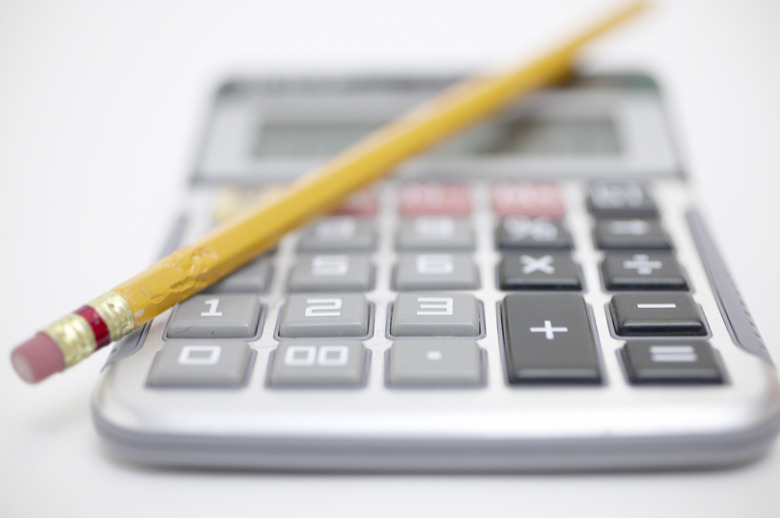How To Calculate Probability
Probability represents the chance that a possible, but not guaranteed event will occur. For example, you can use probability to help predict what the chances of winning are in such games as dice and poker, or even in larger games, such as the lottery. To calculate probability, you need to know how many total possible outcomes there are, and how many of those possible outcomes will achieve the desired result.
Step 1
Determine the total number of possible outcomes and call this number "T." In a "five card draw" game of poker, if you are trading in one card, there would be 47 possible outcomes, because you know five of the cards in the 52-card deck (the ones in your hand) cannot come up; the value of T would therefore be 47.
Step 2
Determine the total number of successful outcomes and call this number "S." For example, if you need a "10" to complete your straight, there are four 10s in the deck–assuming that if you are going for a straight and you do not have one in your hand–so there are four successful outcomes; the value of S would therefore be 4.
Step 3
Plug T and S into the equation S/T to calculate the probability. To complete the example, you would plug 4 in for S and 47 in for T; the chances of completing your straight by trading in one card would be 0.085, or about 8.5 percent.
Cite This Article
MLA
Kennan, Mark. "How To Calculate Probability" sciencing.com, https://www.sciencing.com/calculate-probability-5968362/. 24 April 2017.
APA
Kennan, Mark. (2017, April 24). How To Calculate Probability. sciencing.com. Retrieved from https://www.sciencing.com/calculate-probability-5968362/
Chicago
Kennan, Mark. How To Calculate Probability last modified March 24, 2022. https://www.sciencing.com/calculate-probability-5968362/
